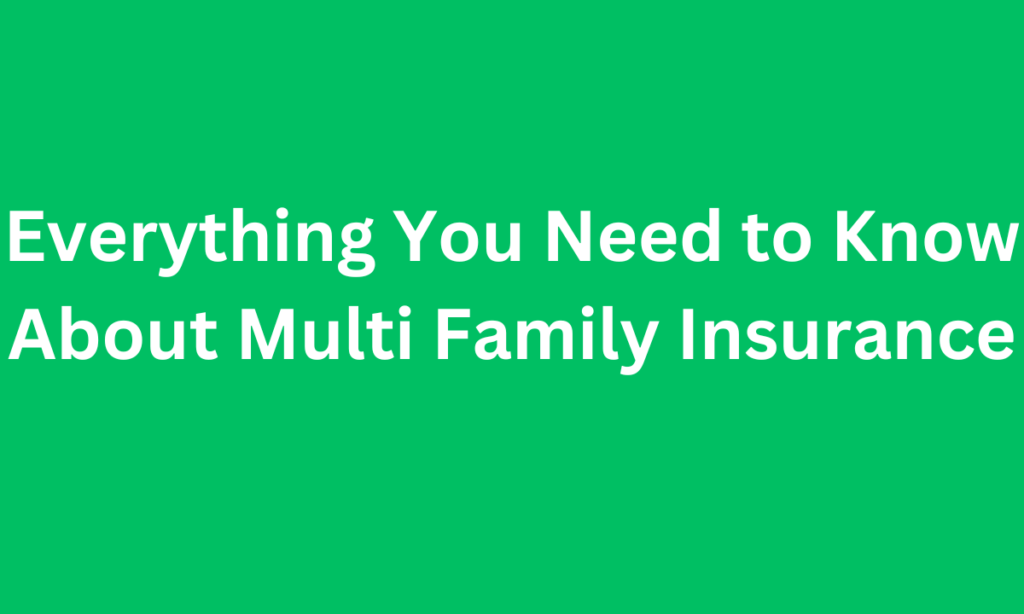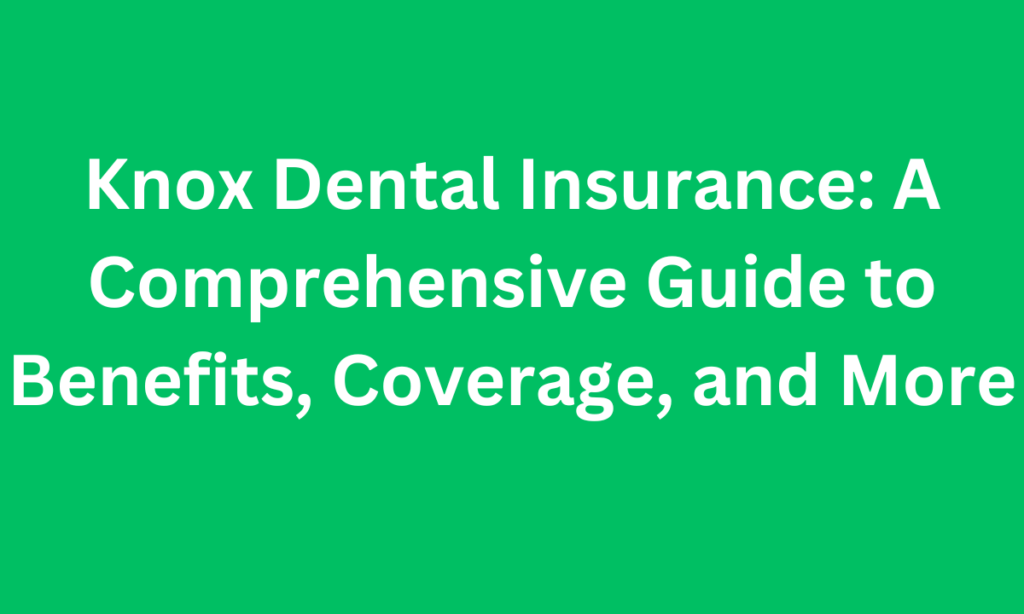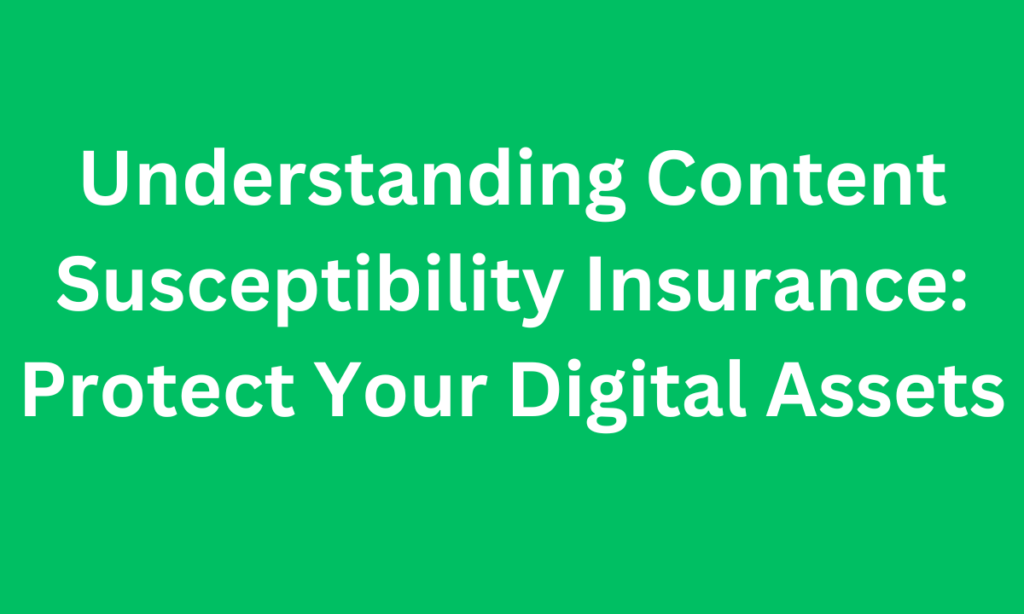Introduction: What is Multi-Family Insurance?
Multi-family insurance is a specialized form of property insurance designed to protect the owners of multi-unit residential properties.
This type of insurance covers a range of potential risks associated with owning a building that houses multiple tenants, such as apartments, duplexes, or townhomes.
If you own or manage multi-family properties, having the right coverage is essential to protect your investment and ensure you’re financially secure in the face of unexpected events.
In this comprehensive guide, we’ll explore the various aspects of multi-family insurance, how it works, the coverage options available, and why it’s vital for property owners.
Whether you’re a first-time investor or a seasoned real estate owner, this article will help you understand the complexities of multi-family insurance and make an informed decision for your properties.
What Does Multi-Family Insurance Cover?
Multi-family insurance offers several types of coverage tailored to the unique risks of multi-unit properties. Here’s an overview of what this insurance typically covers:
1. Property Damage Coverage
This is the core of any multi-family insurance policy. It protects the building itself, including the structure and any permanent fixtures, against damages from risks like fire, storm, vandalism, or accidents. This coverage extends to both the interior and exterior of the building.
2. Liability Protection
If someone is injured on your property—whether a tenant, guest, or vendor—liability protection covers medical bills, legal fees, and potential settlement costs. It’s especially important in multi-family buildings where a higher number of people are present.
3. Loss of Rent Coverage
In the event that a disaster or damage to the building causes tenants to vacate, you could lose rental income. Loss of rent coverage ensures you continue to receive income while the property is being repaired.
4. Tenant Damage Protection
This coverage is essential for situations where a tenant causes damage to the property, either accidentally or intentionally. It helps cover repair costs and other expenses arising from the incident.
5. Vandalism and Theft
Multi-family properties are at a higher risk of vandalism and theft due to the number of residents and shared spaces. This part of your policy protects against losses from break-ins or malicious damage.
6. Natural Disasters
While some disasters (such as earthquakes or floods) may require additional coverage, multi-family insurance often covers natural events like hurricanes or hailstorms that can damage your property.
7. Umbrella Insurance
For added protection, umbrella insurance extends your coverage limits. It’s a valuable option for owners of large multi-family buildings, providing an extra layer of security in case of catastrophic claims.
Types of Multi-Family Insurance Policies
When looking for the right insurance for your property, there are a few different types of multi-family insurance policies to consider:
1. Standard Multi-Family Insurance
This is the most common type of policy, offering a combination of property and liability coverage. It’s typically suitable for smaller multi-family properties and offers broad protection against various risks.
2. Landlord Insurance
If you’re a landlord renting out multiple units, landlord insurance can be an appropriate option. It includes coverage for rental income loss, liability, and property damage.
3. Commercial Multi-Family Insurance
For larger properties, such as apartment complexes or buildings with 5+ units, a commercial policy is often recommended. These policies offer higher coverage limits and more comprehensive protection, considering the scale of the investment.
4. Specialized Multi-Family Insurance
This coverage is tailored to specific needs, such as short-term rental properties or properties in flood-prone areas. If your property has unique risks, you might require a specialized policy that provides the necessary protection.
Benefits of Having Multi-Family Insurance
Having the right multi-family insurance in place can provide numerous benefits for property owners:
- Financial Security: Helps protect your financial interests by covering repair costs, liability claims, and lost rental income.
- Peace of Mind: Knowing that your property is covered against a wide range of risks can alleviate stress, allowing you to focus on managing the property effectively.
- Compliance: In some regions, multi-family insurance is a legal requirement, especially for landlords and property managers.
- Tenant Protection: Insurance not only protects you but also creates a safer living environment for tenants, knowing they are covered in case of accidents or disasters.
Common Questions About Multi-Family Insurance
Do I need insurance for my multi-family property?
Yes, multi-family insurance is highly recommended to safeguard your investment against potential damage or loss. It helps protect both your property and your financial well-being.
How much does multi-family insurance cost?
The cost of multi-family insurance varies depending on factors like the size of the property, location, number of units, and the level of coverage you choose. Typically, premiums range from a few hundred to several thousand dollars annually. To get an accurate estimate, it’s best to contact an insurance provider for a quote based on your specific property.
Is flood insurance included in multi-family insurance?
Most standard multi-family insurance policies do not include flood coverage. If your property is in a flood-prone area, you will need to purchase additional flood insurance to protect against this risk.
Can I add tenants’ personal property to my policy?
Typically, multi-family insurance does not cover tenants’ personal belongings. However, tenants can purchase renters insurance for their own protection. It’s always a good idea to inform your tenants of this option.
How to Choose the Right Multi-Family Insurance Policy
Choosing the right multi-family insurance policy involves considering several factors. Here are some tips to help you make the best decision:
1. Assess Your Property’s Risks
Evaluate the risks your property faces, such as fire hazards, storm damage, and the likelihood of tenant-related incidents. This will help you determine which types of coverage are essential.
2. Understand Coverage Limits
Review the policy’s coverage limits to ensure they adequately reflect the value of your property and potential liabilities.
3. Shop Around
Don’t settle for the first quote you receive. Compare offers from multiple insurers to find the most comprehensive coverage at the best price.
4. Check for Additional Coverage Options
Look into options like umbrella insurance or endorsements for specific risks such as flood or earthquake coverage.
5. Consider Your Budget
While it’s tempting to opt for the cheapest policy, always ensure that the policy provides adequate protection. Balance your budget with the necessary coverage levels.
Conclusion: Protect Your Investment with Multi-Family Insurance
Multi-family insurance is an essential tool for property owners and investors. It provides crucial protection against a variety of risks, from property damage to liability claims.
Whether you own a small duplex or a large apartment complex, having the right insurance policy can ensure your financial security and peace of mind.
By understanding the types of coverage available and choosing the best policy for your property, you can protect your investment and safeguard against unexpected expenses.
Take the time to assess your property’s needs, compare options, and consult with insurance professionals to find a policy that offers the coverage you need at a price you can afford.








